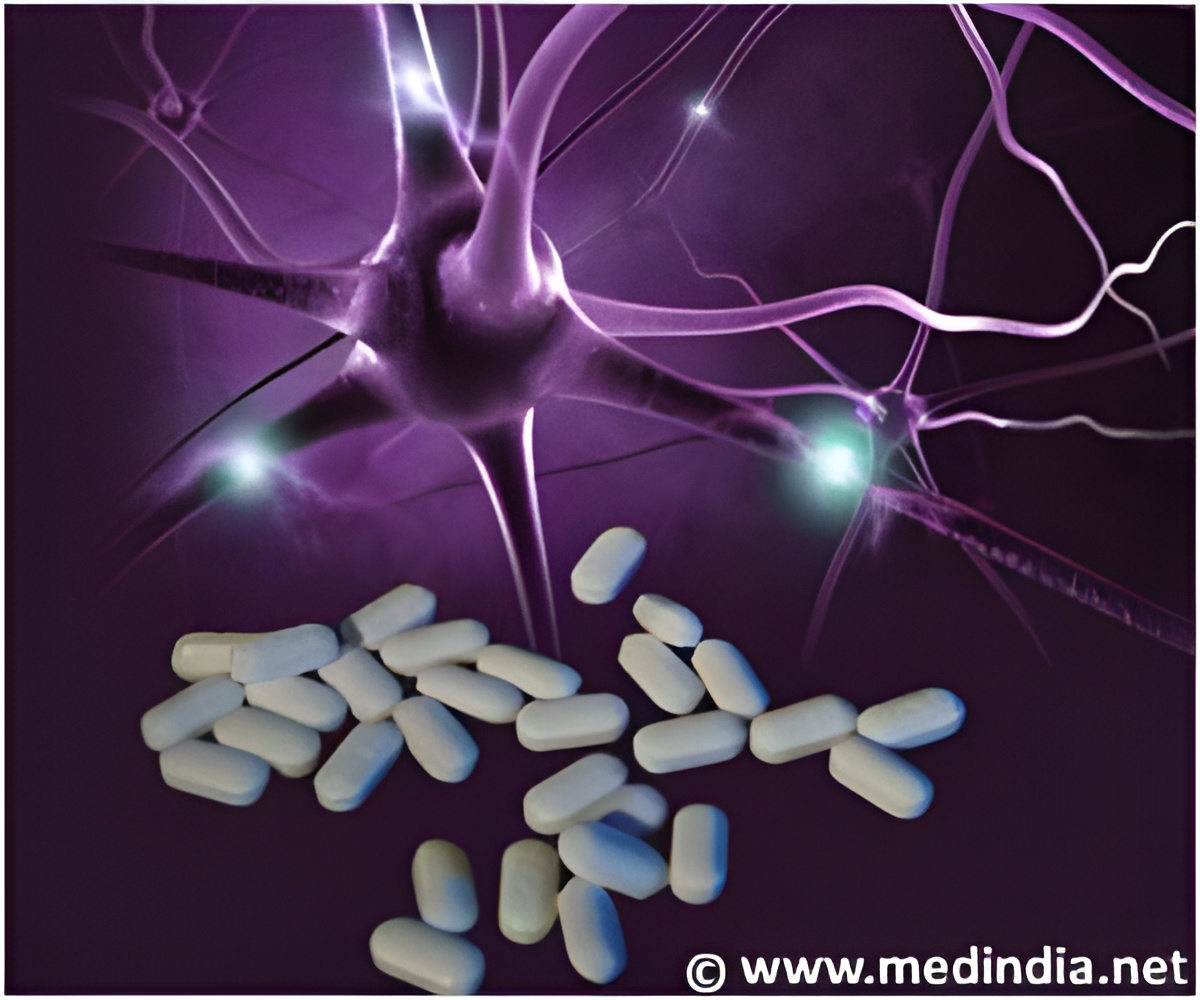Researchers at Lund University in Sweden have found a way to produce diseased, aging brain cells on a large scale in a cell culture dish.

‘Experts were able to multiply the production of disease-specific brain cells by following a new method that involves slightly changing the genetic code that triggers cell conversion.’





One crucial obstacle for researchers is that it is impossible to examine a living brain cell in someone who is affected by the disease. With the help of a new method for cell conversion, researchers at Lund University in Sweden have found a way to produce diseased, aging brain cells on a large scale in a cell culture dish. After performing a biopsy on the patient, the skin cells are transformed into brain cells that effectively imitate the disease and the age of the patient. The fact that the cells can now be produced in large quantities enables researchers to carry out a series of experiments that were previously not possible.
A few years ago, Malin Parmar's research team was one of the first in the world to convert human skin cells directly into brain cells without passing the stem cell state. The discovery shocked the researchers and was perceived as almost impossible. The team is now approaching a point where the discovery is about to bear fruit on a wide scale. By following a new method that involves slightly changing the genetic code that triggers cell conversion, the researchers were able to multiply the production of disease-specific brain cells.
"Primarily, we inhibited a protein, REST, involved in establishing identity in cells that are not nerve cells. After limiting this protein's impact in the cells during the conversion process, we've seen completely different results. Since then, we've been playing around with changing the dosage of the other components in the previous method, which also proved effective. Overall, the efficiency is remarkable. We can now generate almost unlimited amounts of neurons from one skin biopsy", says Malin Parmar, professor of developmental and regenerative neurobiology at Lund University.
The increase in production will have far-reaching effects. The new volumes enable research projects that were simply not viable before. Among other things, it opens up research areas linked to new drug testing, the establishment of more accurate disease models and the development of diagnostics to detect the diseases at an earlier stage.
Advertisement
"This takes us one step closer to reality, as we can now look inside the human neurons and see what goes on inside the cell in these diseases. If all goes well, this could fundamentally change the field of research, as it helps us better understand the real mechanisms of the disease. We believe that many laboratories around the world would like to start testing on these cells to get closer to the diseases", says Johan Jakobsson, leader of the molecular neurogenetics research group at Lund University.
Advertisement













